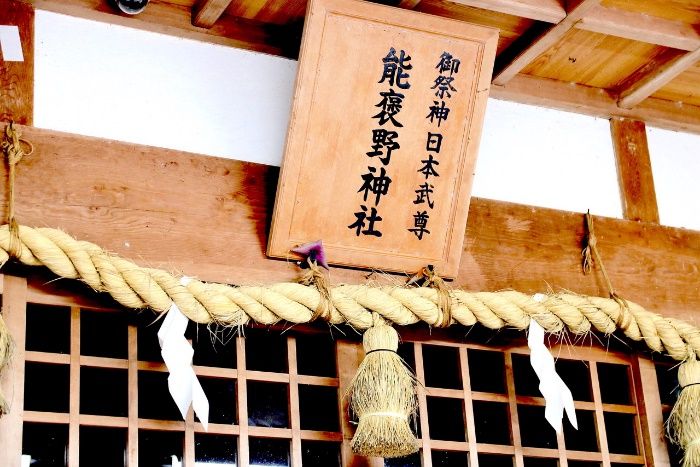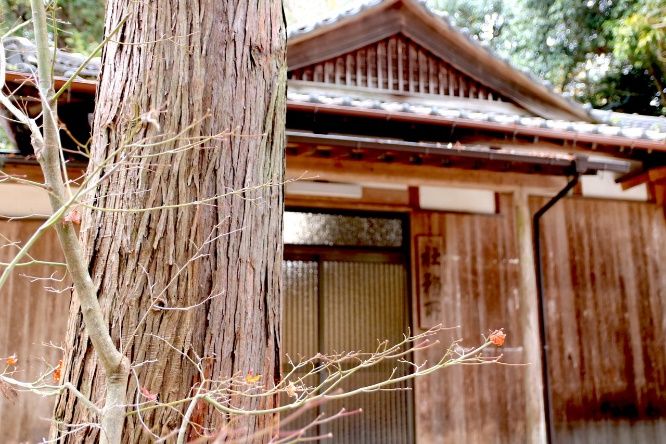Looking Beyond the Post Town: Off the Beaten Path of Seki-Juku
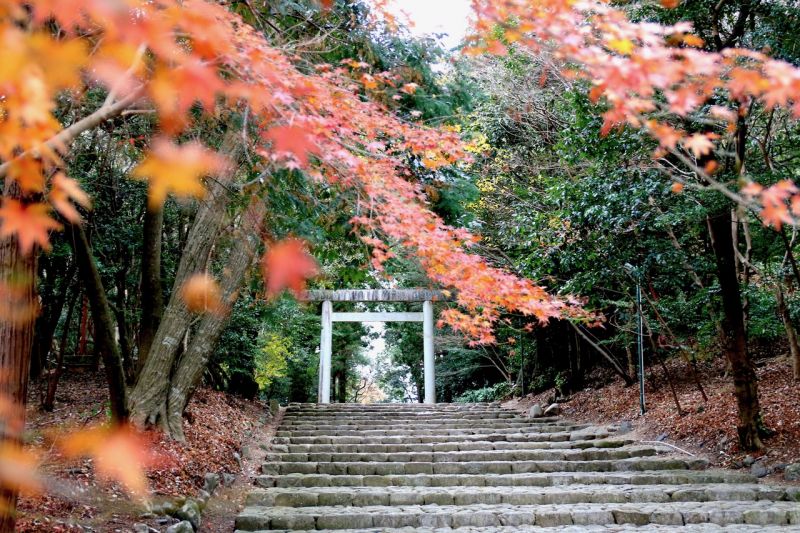
The simplistic, scenic splendor of Edo period artisan Hiroshige’s woodcut prints has captured the imagination of the aesthetically-inclined both inside and outside Japan. Among his plethora of works, one series of pieces, The Fifty-Three Stations of the Tōkaidō, depicts the “Eastern Sea Road” that connected the Shogun’s capital in Edo (present-day Tokyo) to the imperial capital in Kyoto. So-called post towns or shukuba along the road welcomed travelers and magistrates with lodging and refreshments, the most well-preserved of which can be found in the city of Kameyama in Mie Prefecture to this day.
Hayden Marks
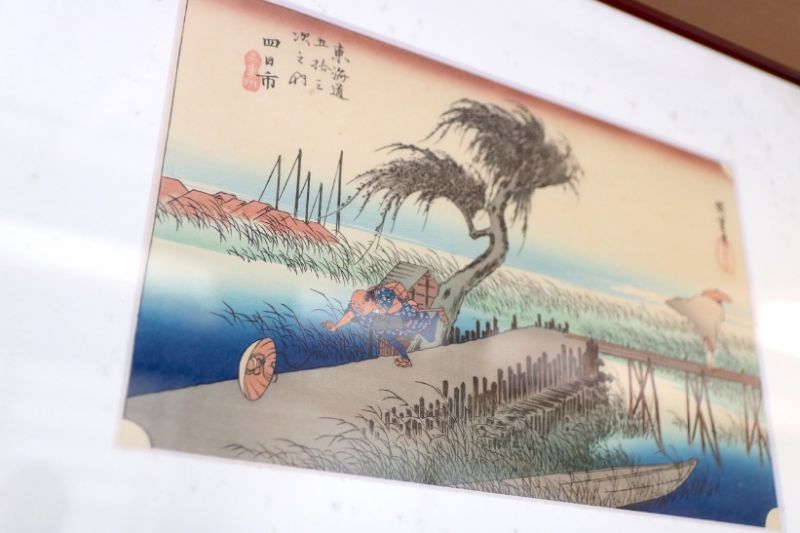
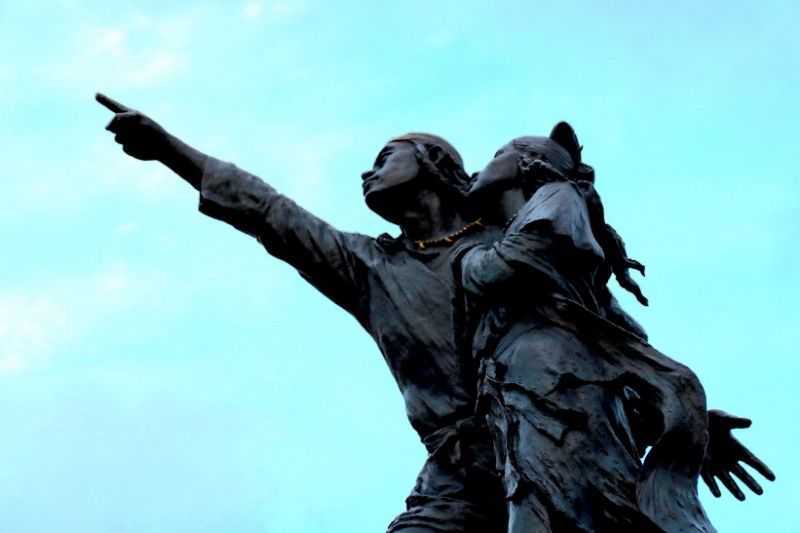
Just outside of the Kameyama train station, an epic statue of a visibly intrepid couple towers over passers-by, suggesting more than meets the eye for this quaint town. Those versed in Japanese mythology may be quick to recognize the sculpted depiction of Prince Yamato Takeru pointing valiantly ahead. His heroic escapades as a demi-god of legend as recorded in ancient historical texts are known by all in Japan. He stands accompanied by his wife, Princess Ototachibana, the central figure at the first stop on my journey in Seki.
Kameyama train station
Address:198 Miyuki-cho, Kameyama City
Oshiyama Shrine
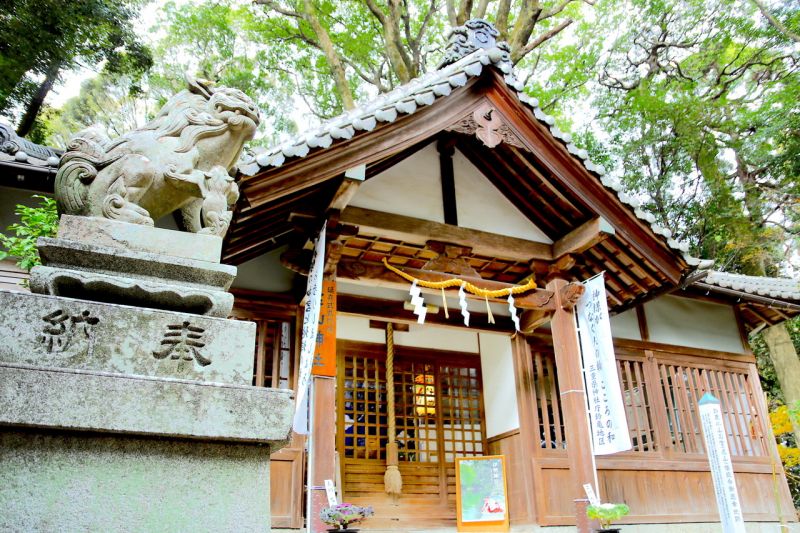
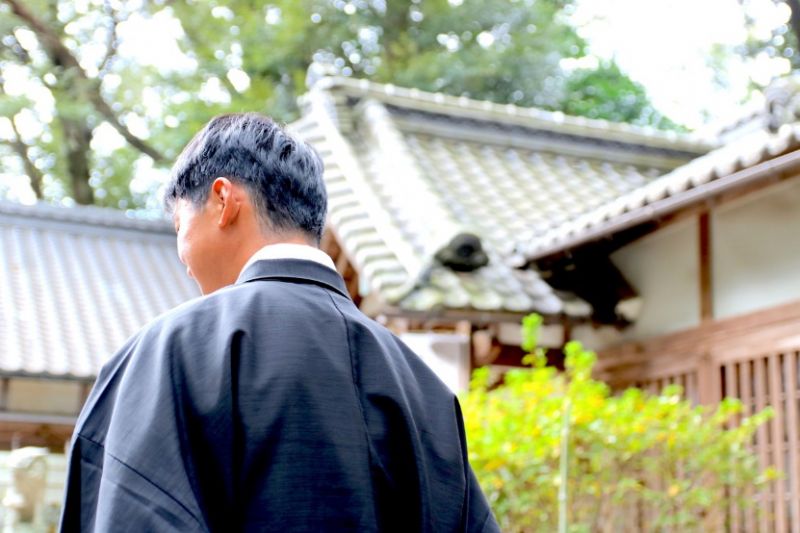
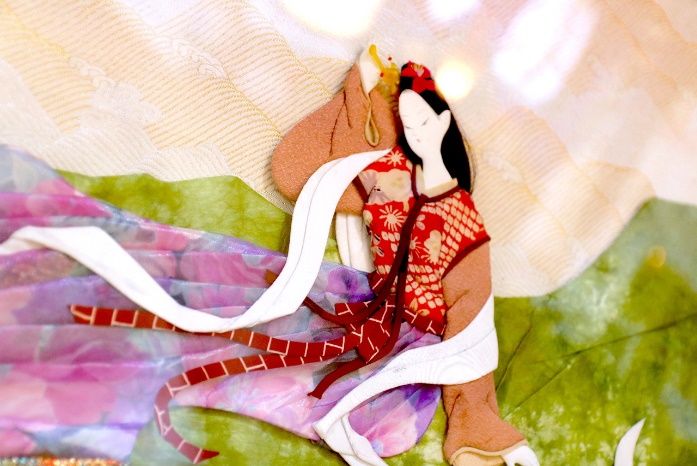
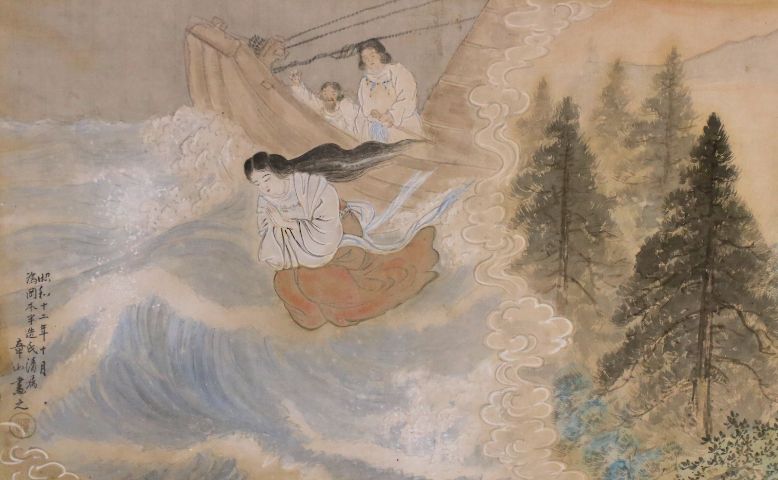
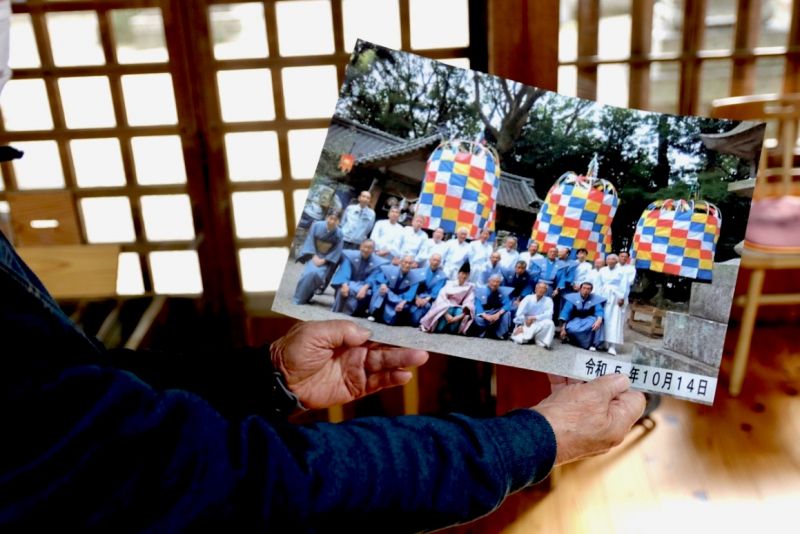
Address:4-4-65 Nomura, Kameyama City
Meihan Seki Drive-In
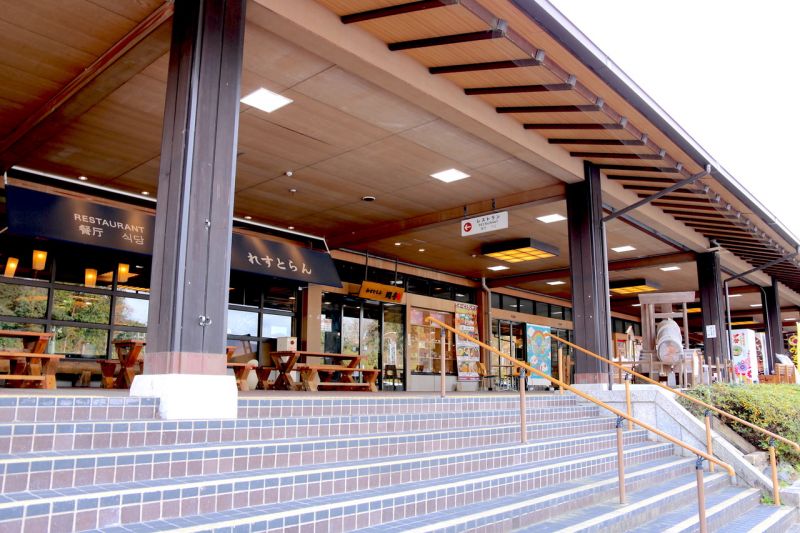
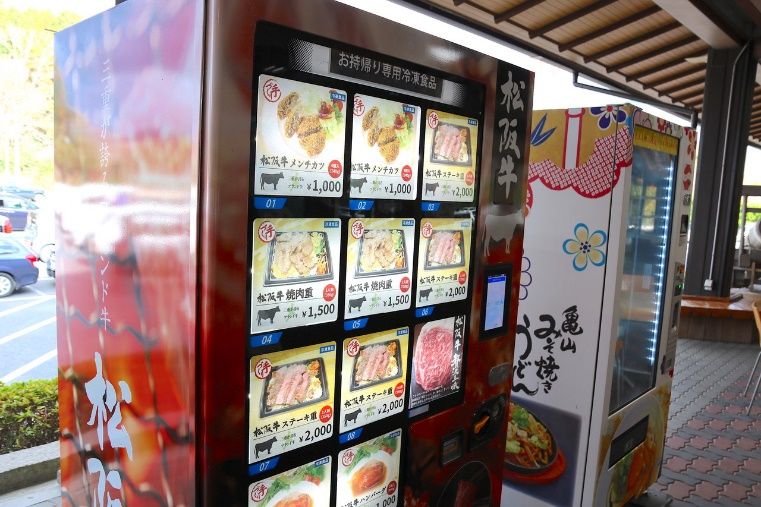
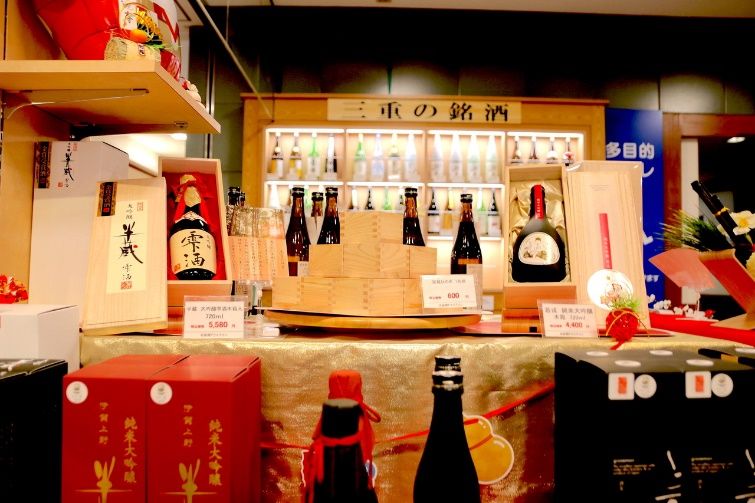
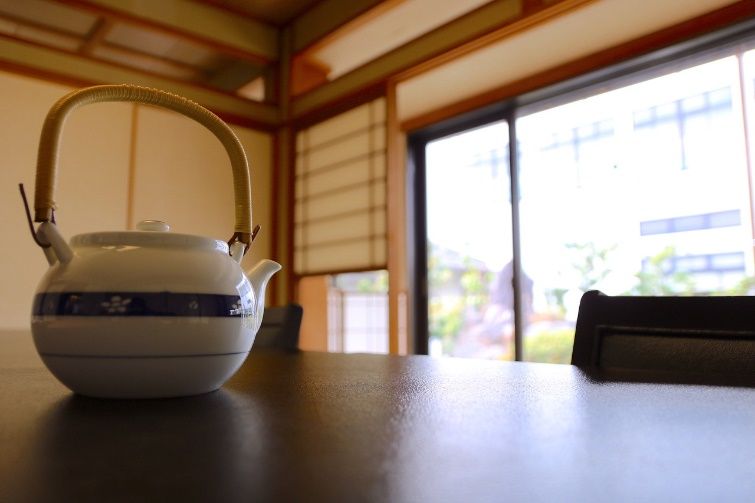
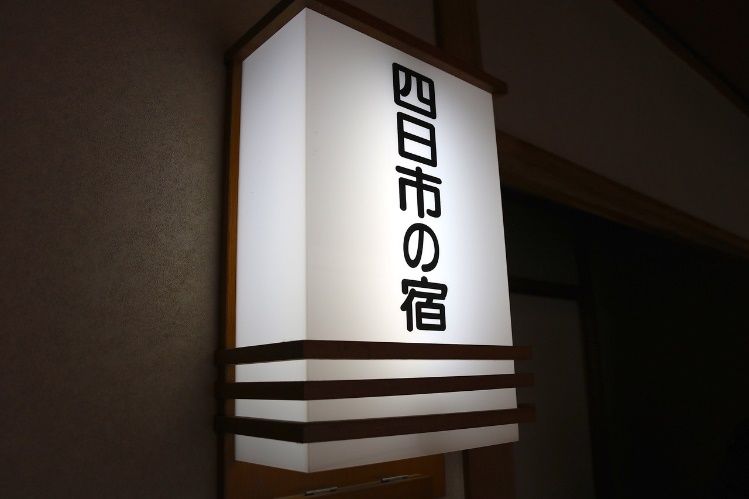
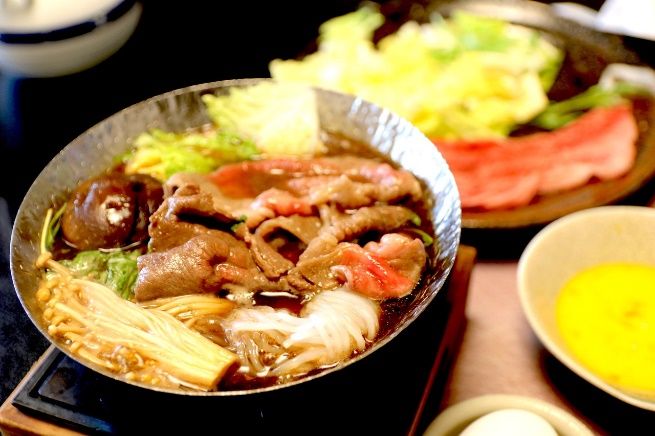
A teishoku (set meal) featuring the oh-so scrumptious luxury wagyu of Matsusaka, where female cattle exclusively are massaged and fed beer even to produced the most tender, marble, melt-in-your-mouth meat. One of the top three brands in the nation, the beef is exquisite in sukiyaki, where its flavor is absorbed by the vegetables it is served with.
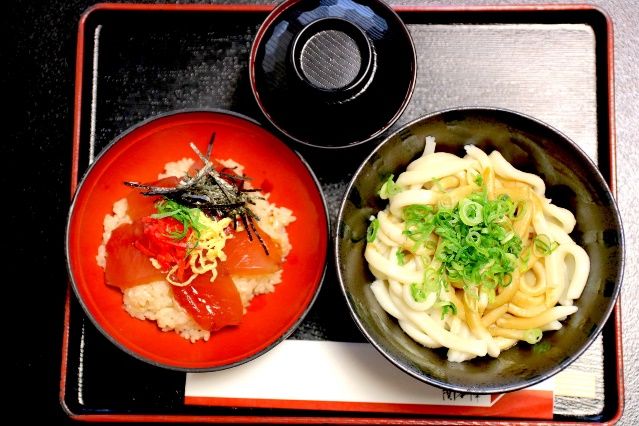
This combo comes with both tekone sushi, a hand-kneaded local type of marinated bonito sushi developed by fisherman, and Ise udon, thick buckwheat noodles served in a rich soy-sauce broth. As a former resident of Ise, I couldn’t pass up this scrumptious, nostalgic meal.
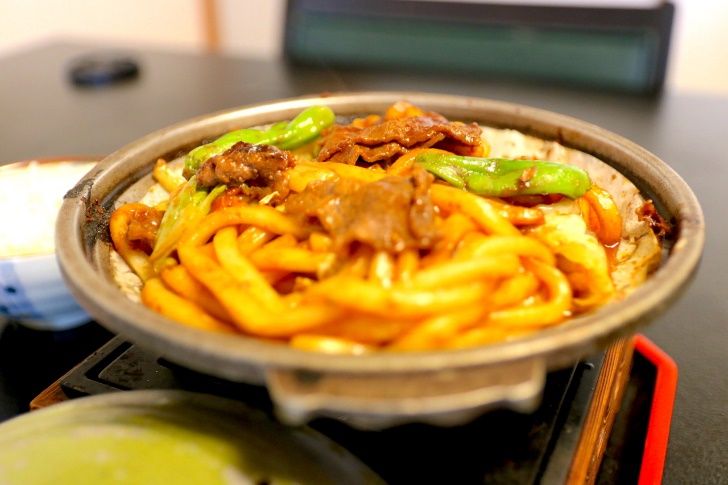
Kameyama miso-yaki udon.
A local variant on the classic stir fried udon dish that is cooked with the very same Matsusaka wagyu and veggies and lathered in a miso-based sauce. Served tōbanyaki style on a ceramic plate you use to roast the ingredients yourself to enjoy the dish as soon as it is ready to eat. The set is not for the faint of heart, as the special red miso has a spicy bite to it and is coupled with a bowl of the renowned rice farmed in Iga, Mie.
Once we filled our bellies with these culinary treasures, it was time to hit the dusty trail once more for the last leg of our journey.
Meihan Seki Drive-In
Home Page:https://sekidora.com/
Nobono Shrine
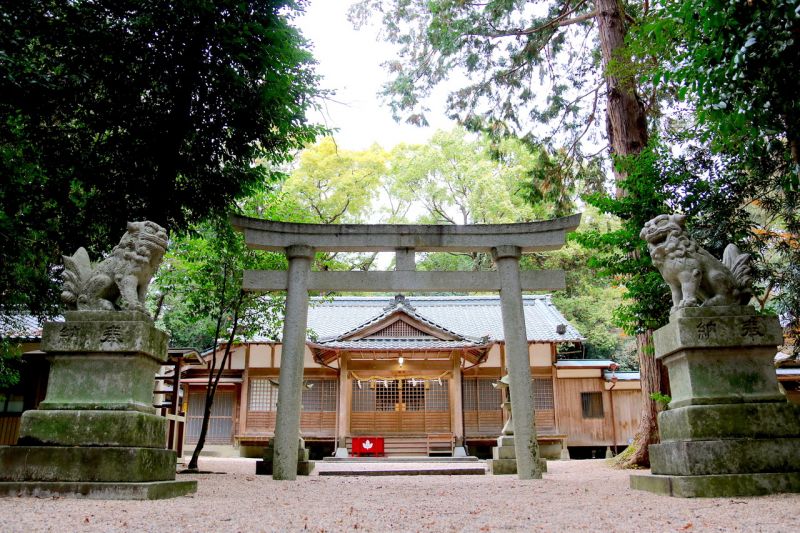
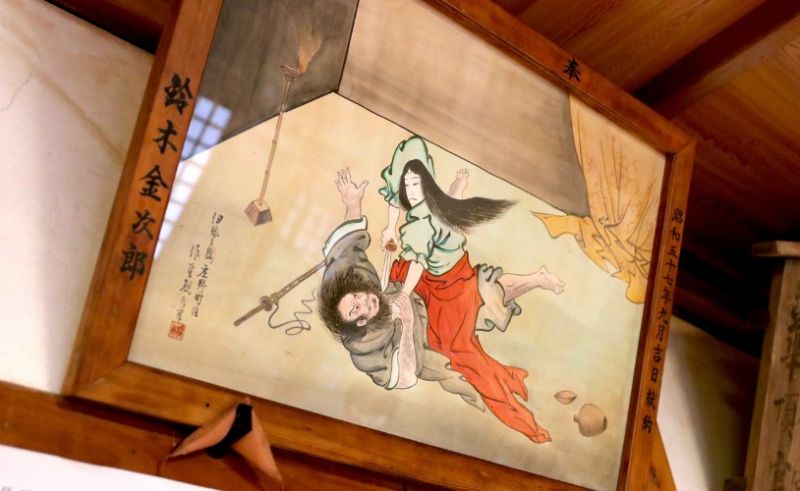
I was yet again met with an enthusiastic welcome by this shrine’s official. Without missing a single detail, the gentleman proceeded to give a 20-minute monologue about the entire historical background of the shrine from memory, including exact dates and all.
